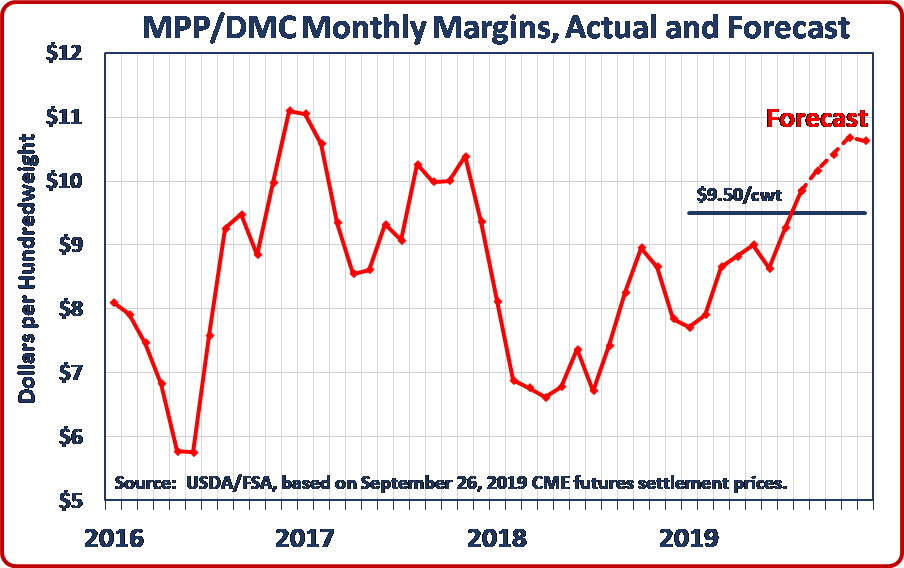With the registration deadline for the 2019 NMPF annual meeting looming Oct. 10, dairy producers and cooperative executives need to reserve both a hotel room and register for the meeting by the end of this week.
This year’s meeting, Nov. 4-6 at the Hyatt Regency hotel in New Orleans, will highlight the ways DMI and NMPF are collaborating to tackle two major issues facing dairy farmers today: the importance of animal care in promoting the image of the U.S. dairy sector; and the opportunities available to U.S. dairy farmers for international market growth.
Attendees will hear from industry leaders during panel discussions on these topics, including Mike Haddad of Schreiber Foods; Simon Vander Woude of California Dairies, Inc.; Mike Durkin of Leprino Foods; and Ritch Allison of Domino’s Pizza. These perspectives will be complimented by the unique perspectives of farmer leaders from across the country. Attendees will also hear from University of California-Davis professor Frank Mitloehner, who will address how the entire value chain can work together to make dairy a sustainability success story.
The meeting will feature a Town Hall presentation from National Milk staff to provide participants with an overview of the work that the organization has provided for its members in 2019. The general sessions will be preceded by the NMPF Board and Delegates meetings, and the Young Cooperator session, on Monday, Nov. 4.
Learn more about the meeting from the 2019 Join Annual Meeting website. Individuals may register for the 2019 Join Annual Meeting at this link. Make hotel reservations ASAP using this link (NOTE: reserving a hotel room is a separate process from meeting registration).






